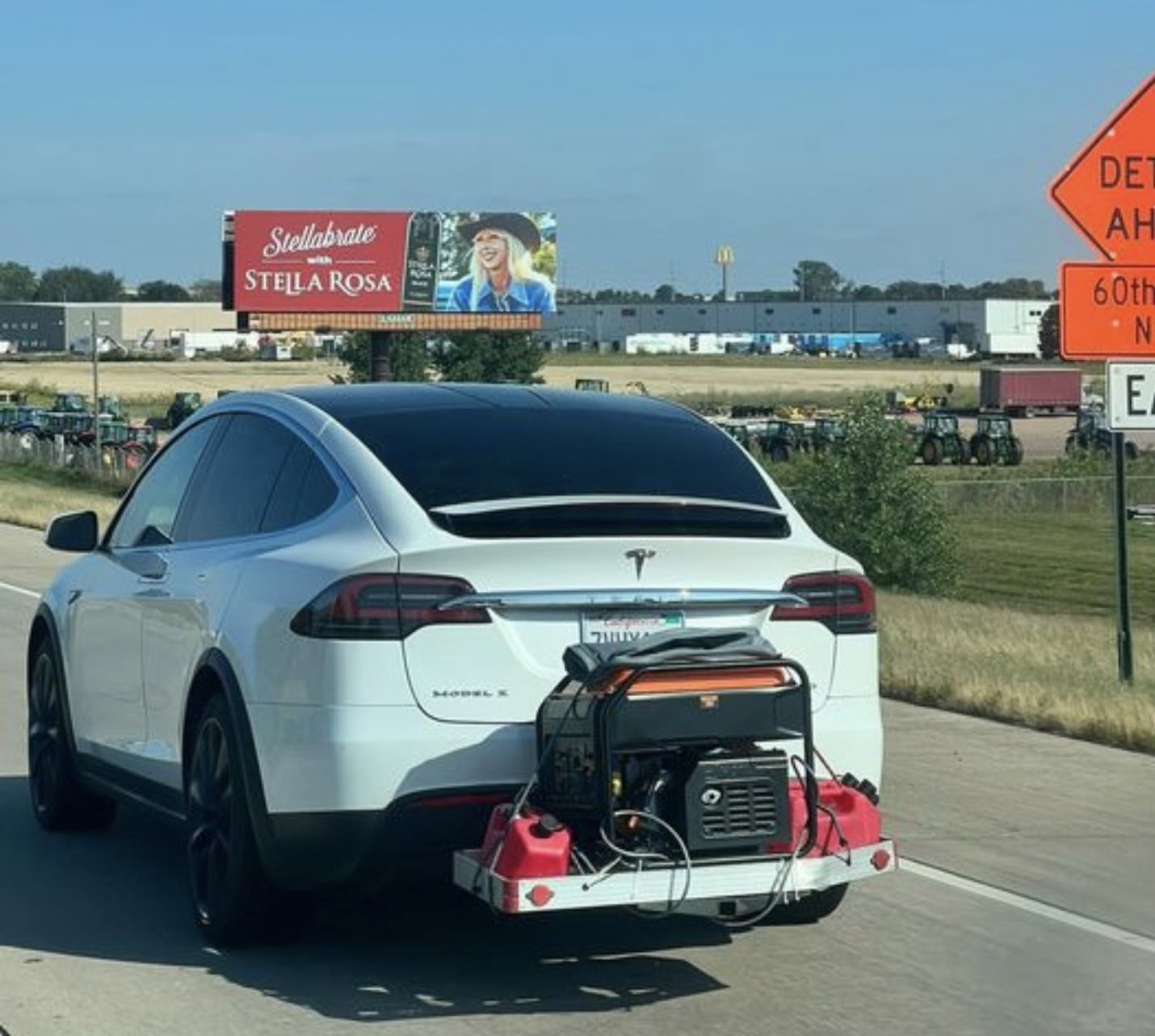Automotive: USA government misleads buyers on EV range
While internal-combustion cars often match or exceed their EPA highway fuel economy numbers, a new paper using data from Car & Driver’s highway tests show that EVs are far worse at meeting expectations.
A new paper published by SAE International uses Car and Driver‘s real-world highway test data to show that electric vehicles underperform on real-world efficiency and range relative to the EPA figures by a much greater margin than internal-combustion vehicles. While the latter typically meet or exceed the EPA-estimated highway fuel economy numbers, EVs tend to fall considerably short of the range number on the window sticker. The paper, written by Car and Driver’s testing director, Dave VanderWerp, and Gregory Pannone, was presented this week at SAE International’s annual WCX conference. It points to a need for revised testing and labeling standards for EVs moving forward.
“Basically we’ve taken a look at how vehicles perform relative to the values on the window sticker, looking at the difference between what the label says and what we actually see in our real-world highway test,” explained VanderWerp. “We see a big difference in that gap between gas-powered vehicles and the performance of EVs.”
One reason the paper suggests for why EVs fail to match expectations is how the range is calculated. While separate city and highway range figures are computed behind closed doors, only a combined number is presented to consumers. The combined rating is weighted 55 percent in favor of the city figure, where EVs typically perform better. This inflates the range estimates, making it harder to match in real-world highway driving. The paper proposes publishing both city and highway range figures—as with fuel-economy estimates for gas-powered vehicles—to give shoppers a more holistic sense of a vehicle’s abilities. —Car and Driver—
